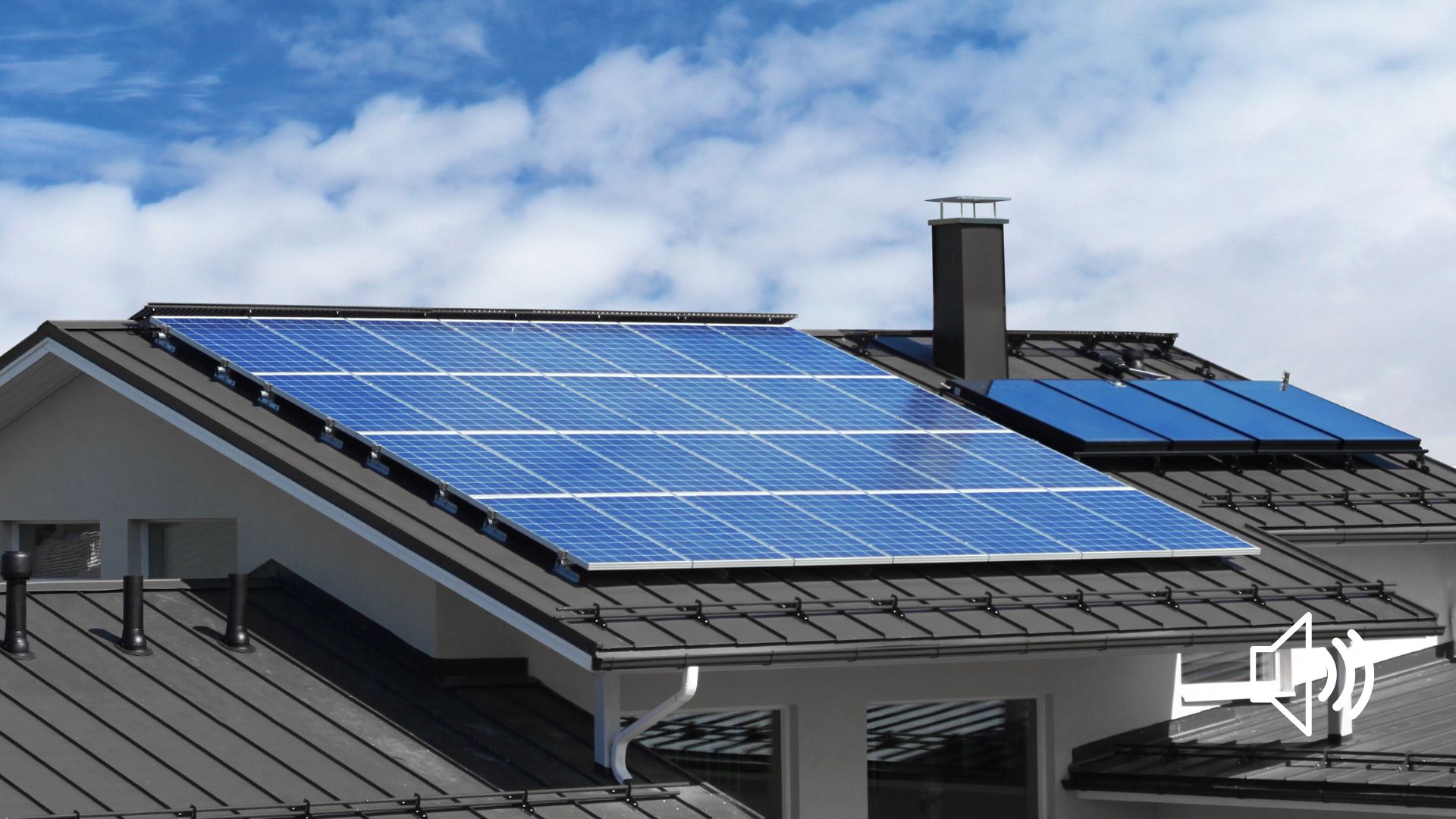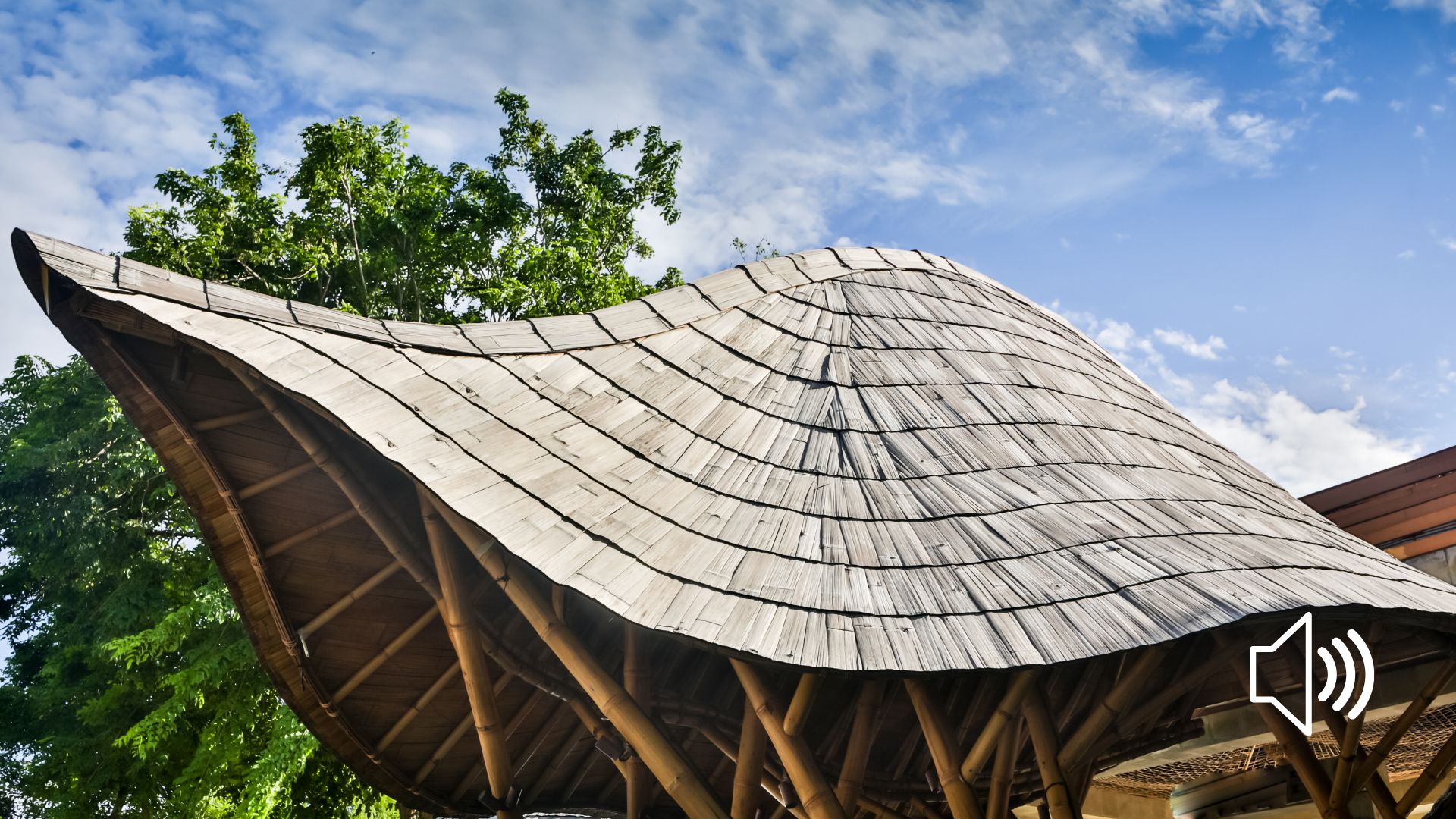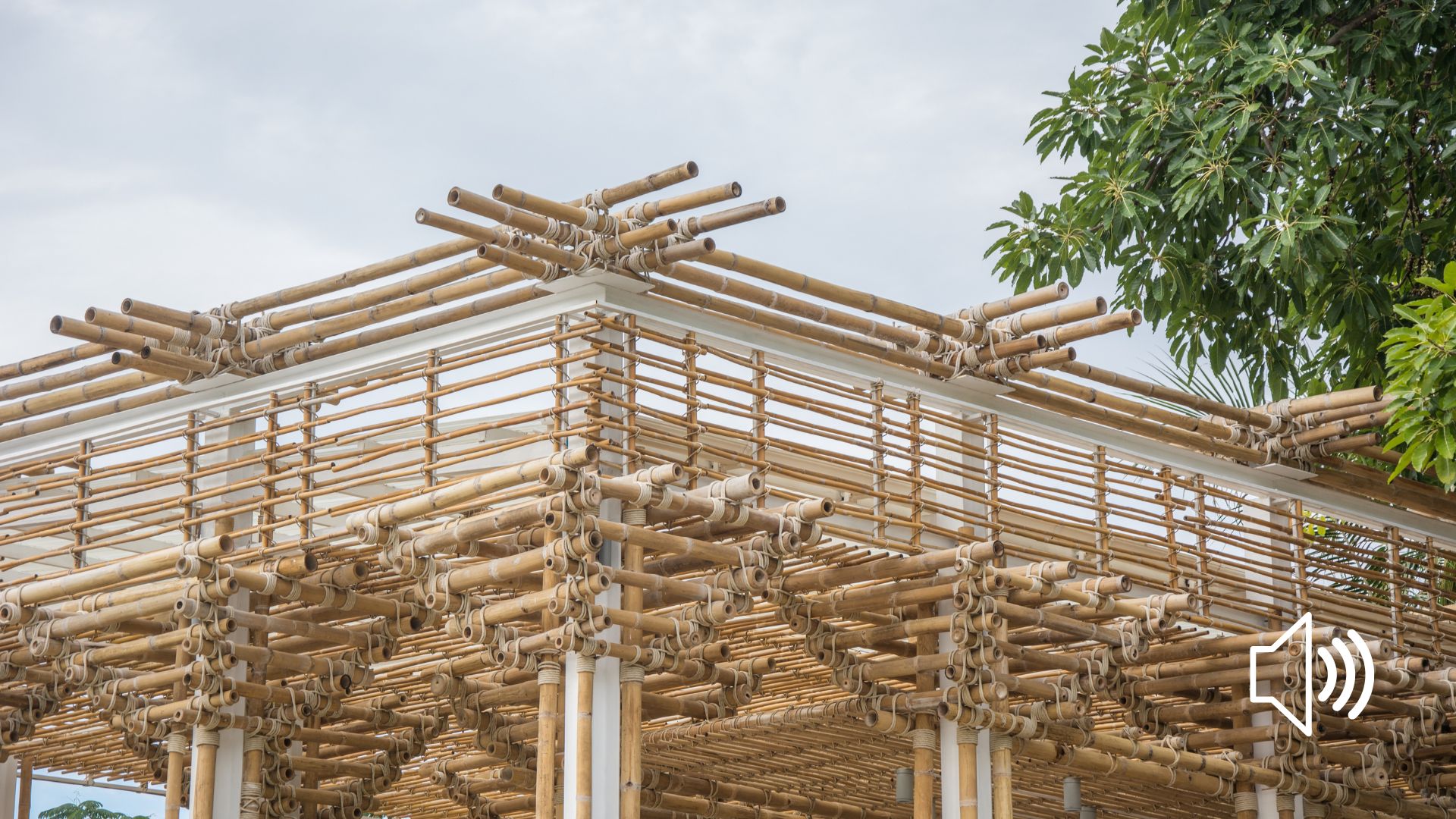Bearing in mind the present-day problems related to increased global warming, environmental pollution, rapid increase in the price of fossil fuels, and the predictions that they will be exhausted soon. The world is increasingly turning towards improving energy efficiency in the production and consumption of energy, and especially towards using renewable energy sources.
We have partly opened this topic by mentioning different sources of energy that exist, and now we will give a brief overview of them, stating their essential characteristics that we, as architects, should know and understand in building design.
Sun as a source of energy
The first energy source, the most important not only for construction but also for all life on Earth, is naturally the sun. Solar radiation is by far the largest source of energy on Earth, and the solar energy that annually reaches it is more than 15,000 times larger than the world’s total energy needs for the same period.
Today, solar energy is used directly, in solar collectors for water and space heating, in photovoltaic cells for electric power production, or passively, through architectural measures in buildings for space heating and lighting. The development of cooling technology that uses solar energy is at its beginning.
Currently, great efforts are being made worldwide to solve one of the critical problems of using renewable energy sources: finding a cost-effective and adequate solution for energy storage, i.e., for its delayed use. We have already mentioned that today electricity is produced in the amount needed at a specific moment. We cannot make more energy and store it for later use. However, we believe that our generation will witness outstanding achievements in this area. One of the companies with the greatest desire and interest in finding commercial solutions for electricity storage is Tesla. Of course, their primary product is an electric car, but they have already entered the construction field, exploring the production of roof coverings that are at the same time photovoltaic panels and electric power storage. We believe that the mass production of such solutions will lead to a real revolution in supplying electricity to buildings.
Let’s get back to the sun. At an altitude of about 20 km above the Earth’s surface – above the Earth’s atmosphere, the sun radiates a power of 1353 W/m2 – the so-called “solar constant.” On passing through the atmosphere layers, this radiation becomes weaker, measuring about 1000 W/m2 on the Earth’s surface – in clear weather and cloudless skies. Of course, this value varies depending on where your building is located on the planet.
The solar radiation can be direct, reaching the Earth on a clear, sunny, cloudless day and diffuse, reaching the Earth on a dim, cloudy, and foggy day as scattered radiation from all directions. Together, direct and diffuse radiations make global radiation.
The amount of solar irradiance also called insolation, of a particular spot on the Earth, is mainly influenced by its latitude and local climatic conditions. Therefore, accurate climatic data about the site where your building is situated is fundamental. Fortunately, today, those data are relatively readily available, depending on the country, and are usually in possession of the national meteorological institutions or similar international institutions.
When using the sun’s energy, it is essential to understand that, in addition to already mentioned ways of using solar energy, known as active solar systems, such as solar collectors for water heating and solar panels for electricity production. There is another way to use solar energy in the so-called passive solar systems, an example of greenhouses.
Passive solar systems can be defined as an architectural concept in which the whole building becomes a collector that captures and stores most of the solar energy, while active systems are based on mounting some additional installations on the building.
Unlike active systems, the passive ones do not have a particular system of appliances, but the entire building functions as a solar radiation collector.
Biomass
Alongside solar energy, another essential renewable energy source is biomass. Biomass is not primarily used to produce electricity but thermal energy.
Biomass is plant or animal material used for energy production (electricity or heat) or as raw material for a range of products in various industrial processes. It can be purposely grown energy crops (e.g., miscanthus, switchgrass), wood or forest residues, waste from food crops (wheat straw, bagasse), horticulture (yard waste), food processing (corn cobs), animal farming (manure, rich in nitrogen and phosphorus), or human waste from the sewage plant.
Over the recent years, there has been a growing awareness of the benefits of thermal energy produced from biomass. Among different types of biomass, wood biomass has the most extensive use. Well-planned forest complexes represent a sustainable energy source because they can be renewed; they are CO2 neutral and suitable for existing fossil fuels. Today, there are practically no technical obstacles to the increased use of wood, especially when we know the benefits it brings. Adopting a positive attitude towards the use of wood biomass brings about a sustainable solution for future energy needs.
It is often believed that the burning of wood for heating releases too much CO2 into the atmosphere, but it is forgotten that if the whole process is considered as a closed cycle, there is no excess CO2 because if a proper, sustainable ratio of wood-burning and growth is established, with the latter process turning that same CO2 into precious oxygen, then the damage is not done. To repeat, the amount of wood mass used as fuel must be continuously replaced with the same amount of growing biomass. In that case, all the carbon dioxide produced by burning will be used to develop new biomass. We often witness that primarily unregulated countries consume wood as fuel uncontrolled, without an organized and controlled plan for afforestation and wood consumption control.
An interesting example is that the cycle of modern cultivation of wood mass intended for fuel is from 3 to 15 years, depending on the type of wood grown. The yield of such cultivation ranges from 10 to 15 t/ ha/year, which means that 11,250 ha can produce the amount of wood mass sufficient for a 30 MW power plant, which can supply electricity to a settlement of about 30,000 houses.
The most important properties of biomass as an energy source are moisture content, ash content, volatile ingredients content, chemical composition, calorific value, and density.
One of the forms of biomass is Biofuel. Biofuels are fuels, such as ethanol, manufactured from various types of biomass, such as corn or sugar beet. Biofuels are usually liquid and used to power transport, often blended with liquid fossil fuels such as gasoline, diesel, or kerosene.
Of course, the choice of biomass as fuel for building heating is desirable and worth considering depending on the offer on the market, energy needs of the building, the climate zone where the building is situated, etc. We will talk in more detail about the choice of heating system in the following lessons.
Wind energy
The next source of renewable energy is wind. Winds mainly occur due to different intensities of heating/cooling of some parts of the Earth. The excellent energy potential of wind for electric power production began to be used significantly in European countries during the 1990s and is currently on the rise (100% per year). After hydropower, wind energy is the most important renewable source for electricity generation.
For electricity production, the most commonly used today are horizontal-axis wind turbines with one, two, or three blades, while the vertical-axis ones are still mainly in the development phase.
Wind turbines operate at wind speeds higher than 5 m/s (18 km/h) and reach maximum power at 15 m/s, which remains constant until 30 m/s (108 km/h) when the blades stop operating to prevent damage. Therefore, it is essential to understand that it is more favorable for wind turbines to have a balanced average wind speed over a more extended period than strong gusts in a shorter time because they can cause damage to the turbine.
Before installing wind turbines, it is necessary to carry out wind speed measurements for one or several years at different heights since the wind speed increases with height increase. Because of significant power variations during the operation, consumers connected to wind turbines must have an additional source of electrical energy. At the same time, it must be made possible to transfer the excess energy from wind turbines (wind farms) into an electrical grid. In smaller systems, such as private houses and smaller buildings, the extra power can be stored in batteries for a short period or returned to the electrical grid.
Wind turbines are often regarded as controversial because they influence the visual characteristics of the landscape. In some places, they are undesirable for that reason, considered to be spoiling the landscape features, but also because they can be very dangerous if found on birds’ migratory paths and produce a certain level of noise during their operation. However, this type of electrical energy production is very desirable, provided that the wind turbine’s construction and site selection are carefully planned.
There are two wind turbine types. Commercial turbine has a rated capacity from 0.5 to 8MW at a diameter of 30m to 150m and a hub height of 220m. The second type is the Residential type. This type has a rated capacity under 30kW, rotor diameters of 1-15m, and a hub height of 40m.
Hydropower
Hydropower is energy derived from flowing water. More than 2,000 years ago, the ancient Greeks used waterpower to run wheels for grinding grain; today, it is among the most cost-effective means of generating electricity and is often the preferred method where available. In Norway, for example, 99% of electricity comes from hydropower. Small-scale micro-hydropower projects can make a big difference to communities in remote locations.
The basic principle of hydropower is using water to drive turbines. Hydropower plants consist of two basic configurations: with dams and reservoirs, or without. Hydropower dams with a large pool can store water over short or long periods to meet peak demand. For both pumping and electricity generation, the facilities can also be divided into smaller dams for different purposes, such as night or day use, seasonal storage, or pumped-storage reversible plants. Hydropower without dams and reservoirs means producing at a smaller scale, typically from a facility designed to operate in a river without interfering in its flow.
For this reason, many consider small-scale hydro a more environmentally-friendly option. Unfortunately, in some countries whose systems of planning and management are not well regulated, there is the uncontrolled construction of small hydropower plants, especially in natural areas that are practically untouched, where the main goal is the investor’s profit. In contrast, the damage inflicted on ecosystems by their construction and supporting infrastructure is immeasurable.
Geothermal energy
Geothermal energy is heat derived within the sub-surface of the Earth. Water and/or steam carry the geothermal energy to the Earth’s surface. Depending on its characteristics, geothermal energy can be used for heating and cooling purposes or be harnessed to generate clean electricity. However, for electricity, high or medium temperature resources are needed, which are usually located close to tectonically active regions. There are different geothermal technologies with distinct levels of maturity. Technologies for direct uses like district heating, geothermal heat pumps, greenhouses, and other applications are widely used and considered mature. The technology for electricity generation from hydrothermal reservoirs with naturally high permeability is also grown and reliable.
Other types of renewable sources of energy
Marine energy is mainly tidal power and wave power. Tides, waves, and currents can be used to produce electricity. Although still at the research and development stage and not yet commercially available, promising ocean technologies to include Wave energy, whereby converters capture the energy contained in ocean waves and use it to generate electricity. Converters have oscillating water columns that trap air pockets to drive a turbine, oscillating body converters that use wave motion and overtopping converters that make use of height differences.
Tidal energy, produced either by tidal-range technologies using a barrage (a dam or other barrier) to harvest power between high and low tide, tidal-current or tidal-stream technologies, or hybrid applications.
Salinity gradient energy, arising from differing salt concentrations, occurs where a river empties into an ocean. Demonstration projects use “pressure retarded osmosis,” with freshwater flowing through a membrane to increase the pressure in a tank of salt water, and “reverse electrodialysis” with ions of salt passing through alternating tanks of salt- and freshwater.
Ocean thermal energy conversion generates power from the temperature difference between warm surface seawater and cold seawater at 800–1,000 meters depth.
Now that we know from what sources energy can be produced and what types of energy a building consumes, we move on to a module dealing with systems in buildings, i.e., what energy is used for in buildings.





